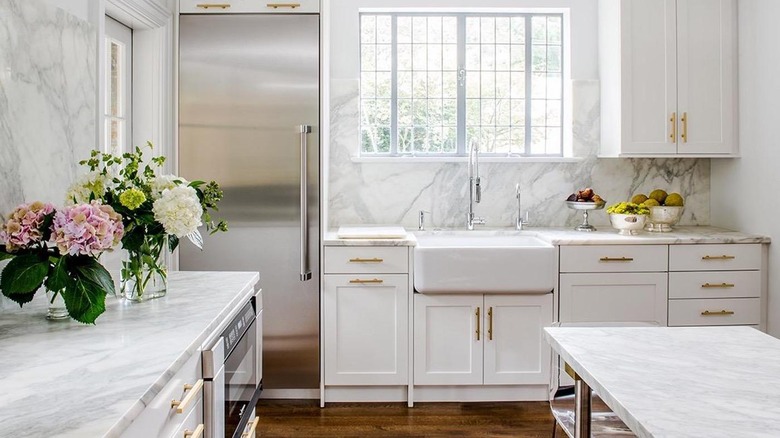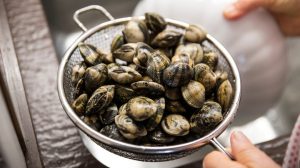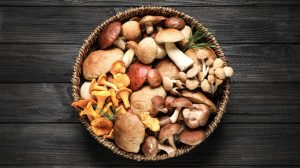Even if you don’t have a dream budget, there’s an option for you
If you have started to notice that seemingly every single food blogger has a kitchen with a white marble countertop, you’re not alone. After years of dark granite dominating kitchen design—and the demands of everyone who has ever appeared on HGTV’s House Hunters—there’s a marked trend toward white countertops.
Though you might have unpleasant memories of 90s kitchens with white laminate counters, the new look is far from a throwback. Instead, the light countertops are used as a contrast to darker cabinets, making a kitchen look cleaner, brighter, and a lot like that industrial-meets-Parisian-café style adopted by so many restaurants. If you’re thinking of updating your kitchen accordingly, here’s a brief guide to the current materials you’ll find on the market.
① White Marble
View this post on Instagram
Marble is the most luxurious option for white kitchen countertops and is priced accordingly, ranging from $50 to $250 per square foot. This material has the benefit of being naturally cool to the touch (great for bakers and those who live in hot climates), and it’s the whitest natural stone you can find. Though it’s a hard surface, marble has one distinctive downside: It’s vulnerable to acids. Lemon juice and vinegar can etch the surface; coffee and wine can create permanent stains. Since you’re buying marble by the slab, you have to consider how differences in veining will look when installed.
Pricing is dependent on the size of the slabs and the source of marble; for instance, authentic Italian marbles, such as Carrara, Calacatta and Statuario, command high prices, because they’re both beautiful and a little more durable. Lower-priced marble from other regions (like China) can be gorgeous but “softer” than Italian varieties.
② Quartz
View this post on Instagram
Most quartz countertops on the market are actually an engineered quartz, which is a blend of the mineral with other materials added for strength. (You’ll often see this under the brand names Silestone and Caesarstone.) Engineered quartz is durable, stain resistant and often slightly more affordable than natural stone. Since it’s a manmade blend of materials, you can find it in a larger range of hues, finishes, sizes and thicknesses versus natural stone slabs. Prices vary depending on the options, but Silestone is estimated to be $50 to $100 per square foot. If you’d like a counter that has the look of marble, try Silestone’s Calacatta Gold pattern.
③ Quartzite
View this post on Instagram
Though they sound similar, quartzite is very different from quartz. Quartzite is a natural material that’s quarried and comes in slabs; it’s as strong as granite and has a similar look to marble. However, like marble, acidic foods and liquids can etch the material. Expect to pay $40 to $95 per square foot, and know the price can vary by style and size.
④ Solid Surface
View this post on Instagram
These types of countertops are crafted from acrylic and can be made to mimic materials ranging from marble to stainless steel. Corian is one of the most popular brands you’ll find of solid-surface countertops. Counters made from this material are seamless and relatively strong but are vulnerable to scratching. They’re also not as heat resistant as other materials. The fix is pretty simple though: Just use trivets and coasters. Prices vary based on manufacturer and style and average around $50 to $120 per square foot.
⑤ Laminate
View this post on Instagram
The most economical choice for white countertops is laminate, which is created by gluing sheeting to plywood or particleboard. Laminate can come in virtually any color or pattern, including marble lookalikes, such as Wilsonart’s Calcutta Marble Laminate Countertop ($80.57 for a 48-by-96-inch sheet). Like solid-surface countertops, laminate should not come in contact with heat. Keep those coasters handy at all times.
Looking to give your kitchen a face-lift? Eyeing the web for upgrade inspiration? Check out more #kitchengoals on Look and follow our new @KitchenGoals accounts on Facebook and Instagram.
Brie Dyas is a contributing writer for Look and an avid collector of your grandmother’s fine china. You can find her occasionally sharing photos on Instagram at @briedyas.







